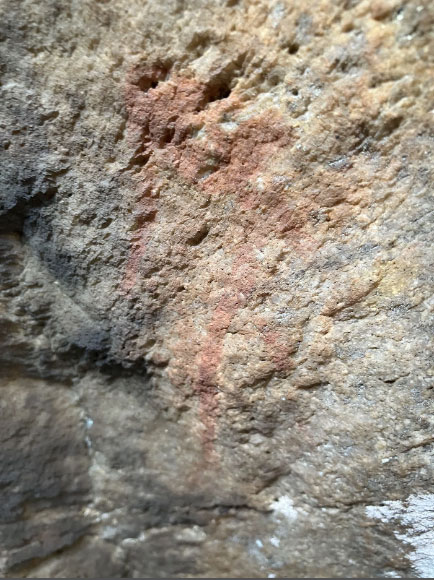
GEORGE, SOUTH AFRICA—According to a report in The Conversation, Victoria Gibbon of the University of Cape Town, and Joscha Gretzinger and Stephan Schiffels of the Max Planck Institute for Evolutionary Anthropology, analyzed DNA recovered from the poorly preserved remains of 13 of the 46 people unearthed at the Oakhurst rock shelter, which is located on the southern coast of South Africa. Archaeological excavation of the rock shelter, where rock art, tools, and ceramics have also been unearthed, has shown that it was occupied over a period of 12,000 years. All of the individuals in the study were adults, including five women and eight men. Radiocarbon dating of bone or tooth collagen showed that two of the genomes came from people who lived about 10,000 years ago; four individuals lived between 5,000 and 6,000 years ago; five individuals lived between 4,000 and 5,000 years ago; and two of the individuals lived between 1,000 and 1,500 years ago. Genetic continuity among all of these people suggests that they had been part of the same population. Indeed, comparison of the ancient DNA with living people found similarities to the San and Khoekhoe people who live in the region today. Read the original scholarly article about this research in Nature Ecology & Evolution. To read about food waste that hunter-gatherers left behind in South African rock shelters, go to "Our Coastal Origins."